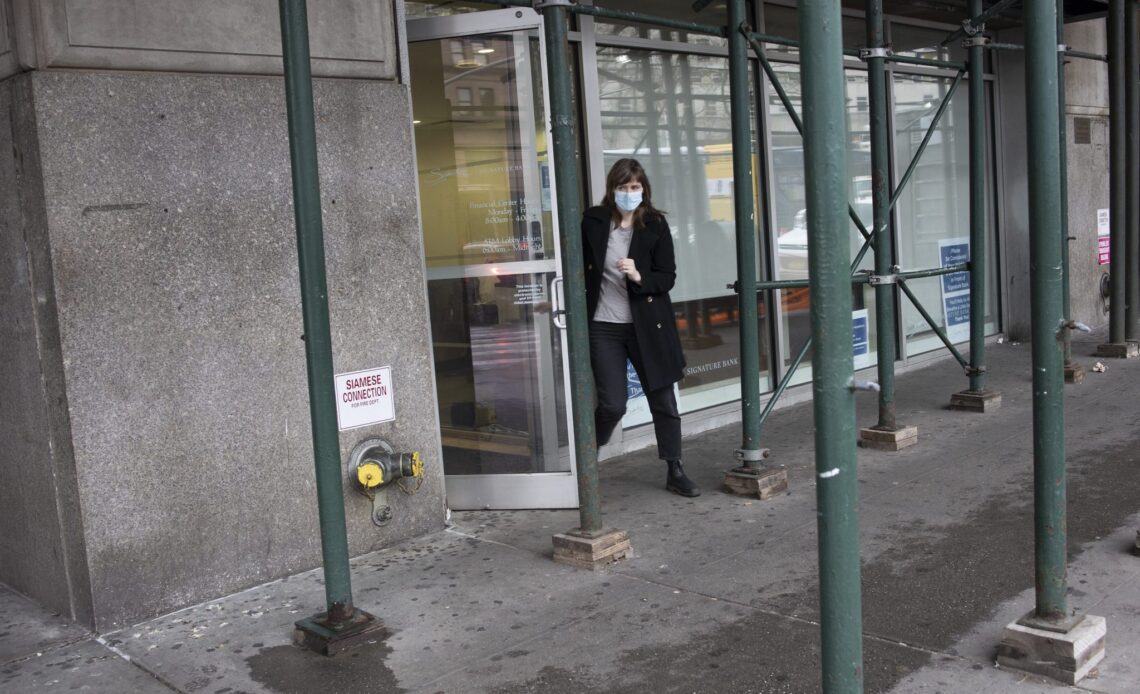The failures of three sizable banks in March and April exposed major weaknesses in bank regulation. Who did what to whom, and when–a favorite Washington game–is currently playing out. What has received less attention is the major role that uninsured depositors played in these bank failures–and how uninsured deposits remain a major source of instability for the U.S. banking system.
Deposit insurance in U.S. banks is provided by the Federal Deposit Insurance Corporation (FDIC); for credit unions, it’s the National Credit Union Administration. The maximum amount covered is $250,000 in a bank account (although there are ways to have multiple covered accounts). For most households, that is more than enough.
Nevertheless, uninsured deposits are currently around 40% of all deposits (up from only 20% three decades ago), and these uninsured deposits are a lurking problem for banking stability–especially in an era of online banking. Uninsured depositors are almost always slow to recognize the financial problems of their banks. But when they do, their reactions are fast and massive. And their withdrawals may well inspire large withdrawals at other banks, with highly disruptive consequences for the U.S. economy: contagion risks are real.
The best way to address this problem is to eliminate this source of instability: extend deposit insurance to all deposits and depositors, regardless of amount. Since the insured deposit amount maximum is set by statute, this will require Congressional action. It will also require the FDIC to increase deposit insurance premiums and to become much more serious about levying premiums on a risk-adjusted basis–as any sensible insurer ought already to be doing. At a minimum, since the consumer price index has increased 40% since the fall of 2008 (when the currently applicable $250,000 limit was established), just an adjustment for inflation would call for an increase to $350,000.
An additional argument in favor of 100% deposit insurance is that bank regulation could become more transparent. Right now, it is highly secretive–because regulators fear that bad news will cause destructive and contagious bank runs. But if all depositors are insured, that risk is no longer a factor.
Such suggestions for 100% deposit insurance are always greeted immediately with claims that this expanded coverage will increase “moral hazard” on the part of bank managements: that banks will engage in more risky…
Click Here to Read the Full Original Article at Fortune | FORTUNE…


